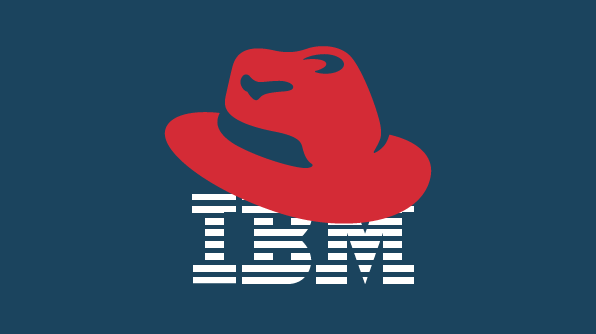It was all over the news last month: IBM is acquiring Red Hat for $34 billion. It is considered the largest software deal in the history of IBM, and perhaps in the whole software industry according to some sources. In addition to the historic size of this deal, what does it show?
This acquisition shows the high value of well-supported open-source and commercial software. IBM put a price tag of $34 billion on services when they acquired Red Hat—services that include subscriptions offering maintenance, updates, patches, and technical support.
Although Red Hat Enterprise Linux is at its core an open-source technology and “free,” there is always a cost to such software. You have a choice: you handle updates and maintenance yourself, or you pay a software vendor like Red Hat to offer support and updates in the form of a subscription that provides maintenance, updates, patches, bug fixes, and tech support. When you handle it yourself though, you must consider the cost of your time, or the cost of hiring a team of developers within your company to handle this. For example, Amazon has been moving away from Oracle databases to its own hosted open-source platform. On Amazon Prime Day, its new software wasn’t able to keep up, resulting in website glitches and delayed package deliveries. Even this tech titan faced the challenge of maintaining an open-source platform on its own. Using free-to-use software has real costs involved. You can read more about Amazon’s Prime Day struggle on CNBC.com.
Customers, especially corporations, want to obtain support and services to create business value. They also want a service provider they can trust to solve any issues that arise. For example, think about a bank IT manager who chooses to use Linux as a cloud OS. He could choose to hire an internal team of software developers to maintain the Linux OS and patch it when needed; or he could pay a subscription to a company like Red Hat. Tech giants like Amazon and Google can maintain Linux internally as they are equipped with enormous teams of software developers. Technology is the heart of their business expertise. That said, for most smaller companies whose core business is outside a tech field, it is more cost effective to pay a company like Red Hat to help them.
This idea of choice to pay for services and support also applies to commercial software. You may be interested in buying a subscription at say, $50, $100, or $5,000. The first level has minimal support, the second level has 24/5, and the highest level may provide 24/7 support with a dedicated hotline. At first you might think you are saving money by buying the least expensive option, but if you consider the business value in terms of helping your company grow and increasing productivity, you might save money in the long term by investing in the more expensive software subscription. What if there is a break-fix issue at 2 AM on a Friday? At that moment, you would wish you had selected the $5,000 service option.
Companies rely more and more on software to increase productivity and reduce costs. Customers need to weigh overall costs, also known as the total cost of ownership, and the benefits when considering software without subscription or support services. If tomorrow Red Hat said that they would no longer provide any patches, most of their customers would probably move to another flavor of Linux that provides services. The cost and hassle to maintain and run company-wide systems on their own can just seem too much for most small companies. Red Hat’s subscription services provide real business value, and peace-of-mind to their customers—something that IBM paid $34 billion to acquire. Is peace-of-mind that valuable to you? Let us know in the comments below or on Facebook and Twitter.
If you liked this post, we think you’ll also enjoy:
- [Blog post] Microsoft Completes GitHub Acquisition
- [Blog post] Dynamically Generate and Integration GitHub-Like User Avatars
- [Blog post] Open Source, Like Ice Cream, Can Get Messy
